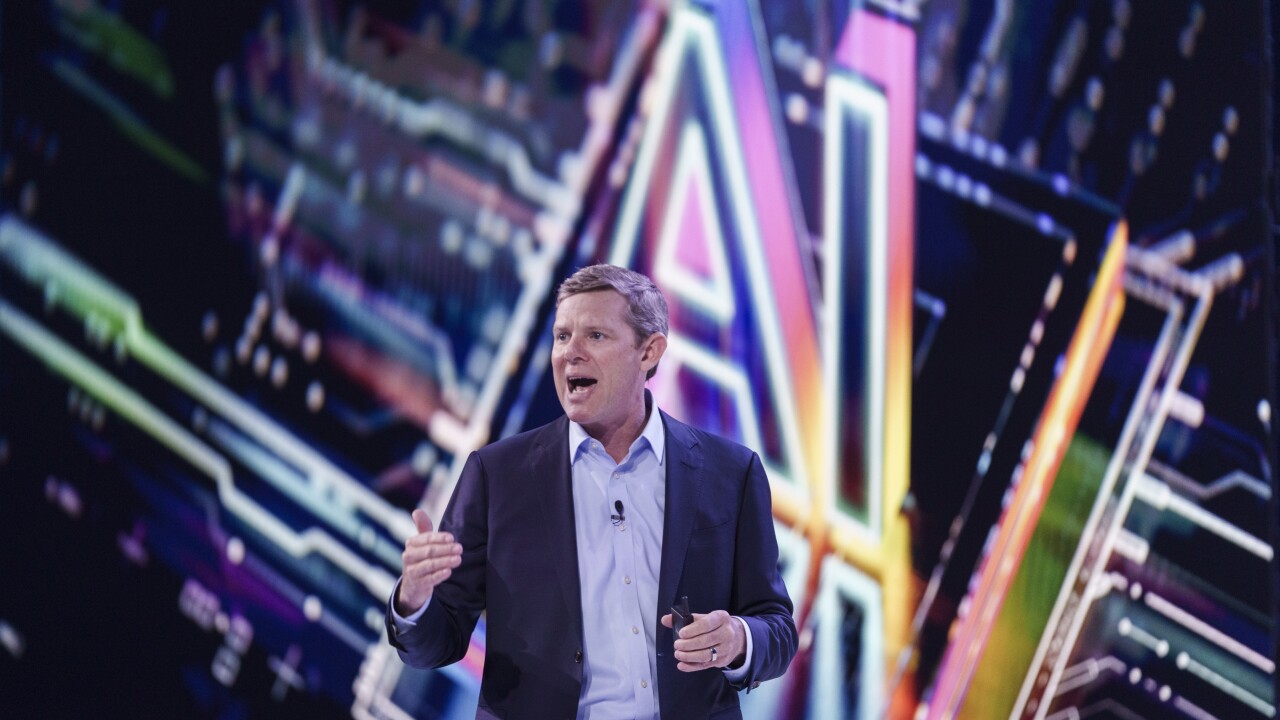Chase Pay is the result of years of investment in ChaseNet, a closed-loop system that allows JPMorgan Chase to cut costs in a way few other banks could. By contrast, the Merchant Customer Exchange's CurrentC wallet also had years of investment but failed to make it out of pilot.
So what value — if any — does Chase get from buying the discarded remains of the
Simply put, the two wallets were focused on different missions. Chase Pay is built on a unique platform but leaves it up to merchants how to package the service. CurrentC is that package, built from the ground up with the interests of merchants at the forefront, but with little to differentiate it on the back end.
"Chase had concluded that even though MCX was not going to introduce its own wallet, it had some really useful technology, with most of it having to do with loyalty applications," said Steve Mott, principal of BetterBuyDesign, a Stamford, Conn.-based consulting firm.

Mott was a consultant for MCX when the retailers first formed the coalition to combat rising credit card fees and assure the retailers could control consumer shopping data. In the background, Mott said, the MCX team had members with "great ideas on how you could provide and differentiate your rewards at the point of sale from both an individual basis and consortium basis."
In response to inquiries from PaymentsSource, JPMorgan Chase said it had no details to share at this time beyond its comments last week about how MCX will help Chase Pay reach retailers without creating new technology to do so.
But MCX executives often talked about the
It was expected that even though MCX dropped its
"This announcement underscores that, with it being something integrated into Chase Pay," he said. "What we don't know and what is not being said is when we might see a beefed up version of Chase Pay using this technology in the market."
An upgrade to Chase Pay is likely based on its underwhelming launch at Starbucks in November of last year, Mott said.
"My company did a fair amount of testing on it, and it didn't work very well in Starbucks, so I think the MCX loyalty apps—if that is what Chase gets—will give them a better shot at making a move in the marketplace," Mott added. "It's a very competitive market."
So competitive that even MCX's biggest backers did not stay loyal to the concept of an exclusive and universal retailer mobile wallet any longer than they needed to. The biggest sign that participants had strayed from the MCX mission came when Best Buy—a retailer that had disabled its NFC readers back in 2011—
Prior to that, MCX participants such as CVS had been known to block other wallets out of obligation to the merchant venture. By August of 2016, CVS Pharmacy debuted its own
Chase's interest in bolstering its loyalty/rewards technology was the impetus behind the bank's $10 million investment three months ago in
Once all of the pieces are in place, loyalty will be the key driver behind Chase Pay, said Richard Crone, chief executive of San Carlos, Calif.-based payments consulting firm Crone Consulting LLC.
"MCX developed a cloud-based offer, activation and settlement process that allowed them to net settle at the [point of sale]," Crone said. "This is far different than card-linked offers and others. This is getting to what they call the SKU-level and provides a new revenue model for everybody: the product provider, the retailer and Chase."
While loyalty is critical to Chase Pay, it also makes sense that the component would be a late addition, he added.
"First and foremost, I would expect this deal to include preferred provider status for Chase with the MCX user base," Crone said. "Integrating at the physical POS is hard, and this assures Chase gets as much connectivity as it can."
In addition, retailers still view Chase favorably because of the bank's "on us" payment scheme with Chase Pay, essentially bypassing interchange fees for transactions that take place with Chase products, Crone said.
"Chase will apply a card-present rate for MCX's cloud-based approach," Crone added. "This gives assurance to those retailers who took the time to pilot and deploy this API at their point of sale to be able to use this pricing."
It's unclear yet whether the acquisition of MCX technology gives Chase investors a clear view of what the bank has in mind with Chase Pay and its ChaseNet platform.
KBW Research analysts Brian Kleinhanzl and Michael Brown issued a statement last week in which they expressed some uncertainty about where the mobile wallet will take Chase.
"We are still struggling to see the endgame for JPM in payments and what the long-term return could be for shareholders," they said. Because Chase executives expressed a desire to "own the future of wholesale and retail payments" during a 2016 investor day, KBW viewed that as meaning some major investments would unfold.
"We expect the MCX acquisition to be a small-deal value and will aid growth marginally," the analysts said. "However, at some point JPM management will need to explain how anticipated growth in payments translates to overall revenue growth/profitability longer term."





